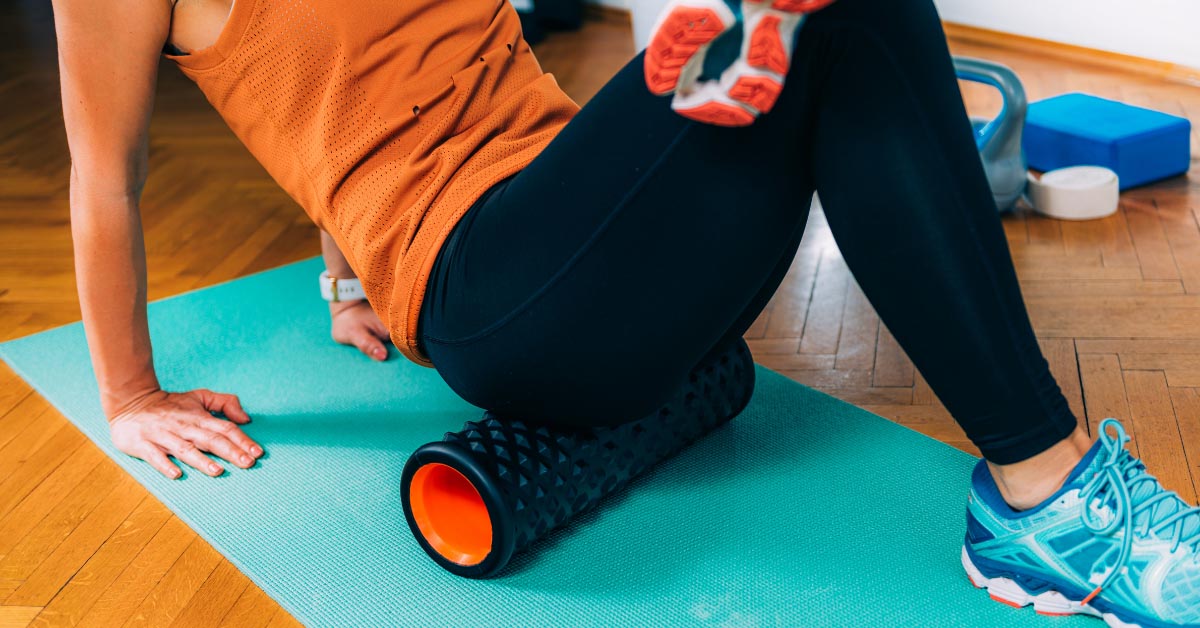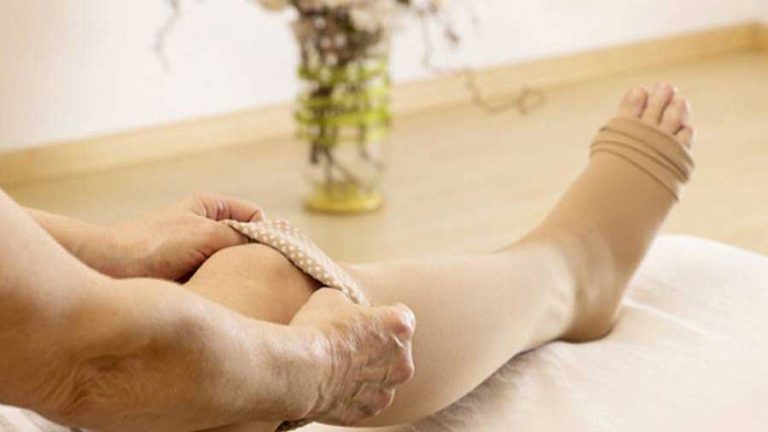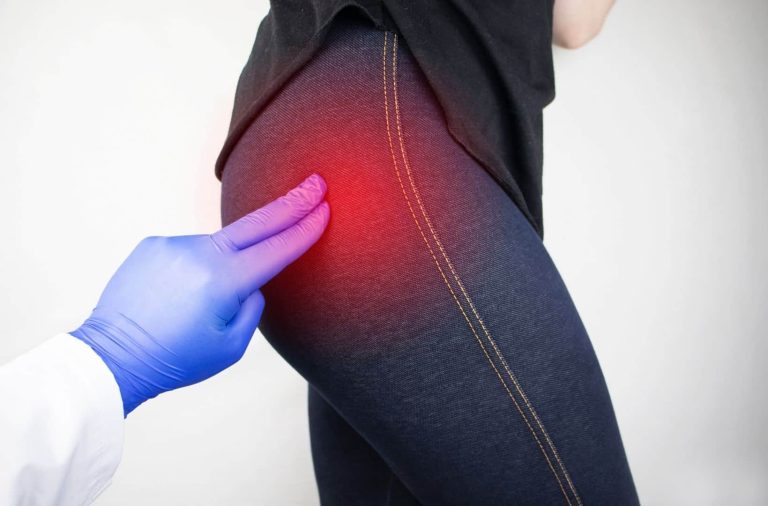Can Foam Roller Help Sciatica
Yes, foam rolling can help alleviate sciatica pain. It is a popular self-myofascial release technique.
Introduction
For those suffering from sciatica, finding effective pain relief methods is crucial. One common query is, “Can foam roller help sciatica?” Sciatica is a condition characterized by pain radiating along the sciatic nerve, which extends from the lower back through the hips and buttocks and down each leg. This article will delve into how foam rollers can potentially help alleviate this pain, supported by scientific evidence and statistics.
Foam Rolling: An Overview
Foam rolling is a form of self-myofascial release (SMR) therapy. It involves using a foam roller to apply pressure to specific points on the body. This technique helps relieve muscle tightness, soreness, and inflammation, and increases joint range of motion.
Can Foam Roller Help Sciatica? The Mechanism
Foam rolling can help sciatica by targeting the piriformis muscle. The piriformis is a small muscle located deep in the buttock, near the top of the hip joint. When this muscle becomes tight, it can compress the sciatic nerve, causing pain.
First, foam rolling helps by loosening the piriformis muscle, reducing pressure on the sciatic nerve. Second, it improves blood circulation, promoting healing in the affected areas. Third, foam rolling enhances overall muscle flexibility and strength.
Scientific Evidence Supporting Foam Rolling for Sciatica
Several studies support the use of foam rolling for relieving sciatica pain.
Study One: Journal of Bodywork and Movement Therapies
A 2014 study published in the Journal of Bodywork and Movement Therapies found that foam rolling significantly reduced muscle soreness and improved range of motion in participants. This can be particularly beneficial for sciatica patients whose pain is exacerbated by muscle tightness.
Study Two: International Journal of Sports Physical Therapy
In 2015, research published in the International Journal of Sports Physical Therapy demonstrated that foam rolling could improve flexibility and reduce muscle stiffness. For sciatica patients, increased flexibility can alleviate pressure on the sciatic nerve, thereby reducing pain.
Study Three: Evidence-Based Complementary and Alternative Medicine
A 2017 study in Evidence-Based Complementary and Alternative Medicine highlighted the benefits of foam rolling in myofascial release. Participants reported decreased pain and improved mobility, which are crucial for sciatica sufferers.
How to Use a Foam Roller for Sciatica
Step One: Choose the right foam roller. For sciatica, a medium-density foam roller is recommended.
Step Two: Position the foam roller under the lower back and gently roll back and forth. Focus on the areas where you feel tightness.
Step Three: Move the foam roller to the buttocks and roll over the piriformis muscle. Apply gentle pressure and avoid rolling directly over the spine.
Step Four: Roll each leg individually to target the hamstrings and calves. This helps reduce overall muscle tightness that may contribute to sciatica pain.
Benefits of Foam Rolling for Sciatica Patients
Foam rolling offers several benefits for those suffering from sciatica:
- Pain Relief: By reducing muscle tightness and improving flexibility, foam rolling can alleviate sciatica pain.
- Improved Mobility: Regular foam rolling enhances joint range of motion, making everyday activities easier.
- Enhanced Blood Flow: Foam rolling increases blood circulation, promoting faster healing and reducing inflammation.
- Cost-Effective: Compared to other treatments, foam rollers are relatively inexpensive and can be used at home.
MedCareLine.com: Your Source for Sciatica Information
At MedCareLine.com, we provide comprehensive information on managing sciatica. Our informational posts cover various treatment options, including foam rolling, to help you find the best solutions for your condition.
Precautions When Using a Foam Roller
While foam rolling is generally safe, there are some precautions to consider:
Avoid Direct Pressure on the Spine: Rolling directly over the spine can cause injury.
Start Slowly: If new to foam rolling, start with short sessions and gradually increase the duration.
Consult a Professional: If unsure about the technique, consult a physical therapist or healthcare provider.
Other Treatment Options for Sciatica
In addition to foam rolling, other treatments can help manage sciatica:
- Physical Therapy: Tailored exercises can strengthen muscles and improve posture, reducing sciatic pain.
- Medication: Over-the-counter pain relievers can help manage pain and inflammation.
- Chiropractic Care: Spinal adjustments can alleviate nerve pressure and improve function.
- Surgery: In severe cases, surgical intervention may be necessary to relieve pressure on the sciatic nerve.
Conclusion
In conclusion, the answer to “Can foam roller help sciatica?” is yes. Foam rolling can be an effective tool in managing sciatica pain. It works by reducing muscle tightness, improving flexibility, and enhancing blood circulation. Supported by scientific evidence, foam rolling is a cost-effective and accessible treatment option.
At MedCareLine.com, we strive to provide valuable information to help you manage sciatica effectively. Our resources are designed to guide you through various treatment options, ensuring you find the best solutions for your needs.
References
- American Academy of Orthopaedic Surgeons. (n.d.). Sciatica. Retrieved from AAOS.org
- Journal of Bodywork and Movement Therapies. (2014). Effects of foam rolling on muscle soreness and range of motion.
- International Journal of Sports Physical Therapy. (2015). The effects of self-myofascial release using a foam roller on flexibility and muscle stiffness.
- Evidence-Based Complementary and Alternative Medicine. (2017). The benefits of myofascial release using foam rollers.







